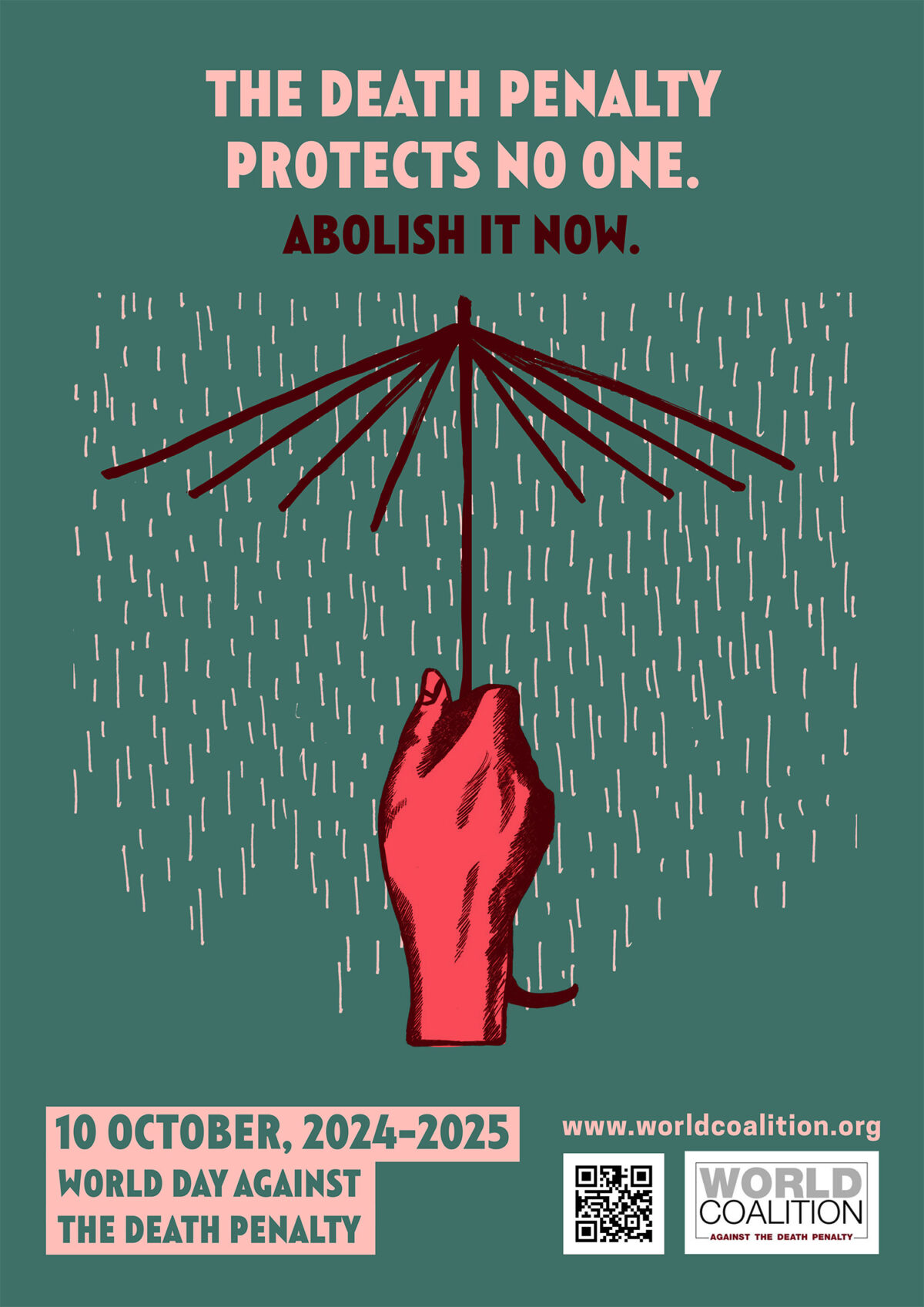Article
Restraints on Death Penalty in Europe: A Circular Process
That the European area is a zone free of capital punishment is the result of a complex process of restraints that has evolved over the last 50 years. Domestic, regional and universal international law, as well as certain components within each level, have influenced each other to produce a dynamic, circular movement towards abolition. Starting from the internal level, restraints on the death penalty rose up to the regional and universal levels, and then descended back down into domestic law. This process, however, has not produced a completely closed circle, and certain countries in Europe retain legislation permitting recourse to the death penalty for certain crimes, especially war crimes and, according to recent interpretations, criminal offences related to terrorist activity. Extradition or other administrative mechanisms of expulsion also illustrate potential disjunctions in the circle, as they may allow persons to be transferred to retentionist countries. Even though the legislative framework has significantly evolved in the last few years, the dominant role played by political evaluations creates new fissures in the abolitionist circle. Only recently have new abolitionist perspectives emerged from the ‘right of interference’ in foreign death penalty cases, which some countries try to exercise when their own nationals are involved.
- Document type Article
- Themes list Networks,



